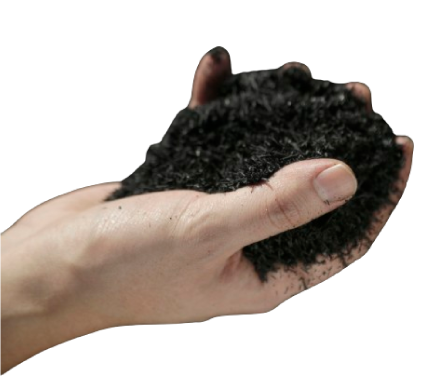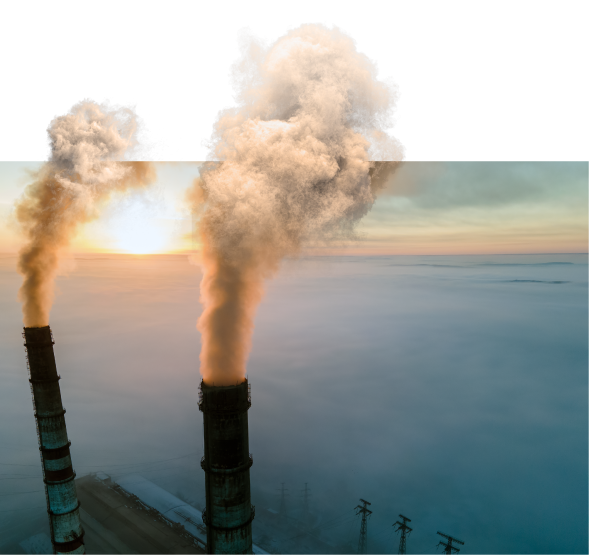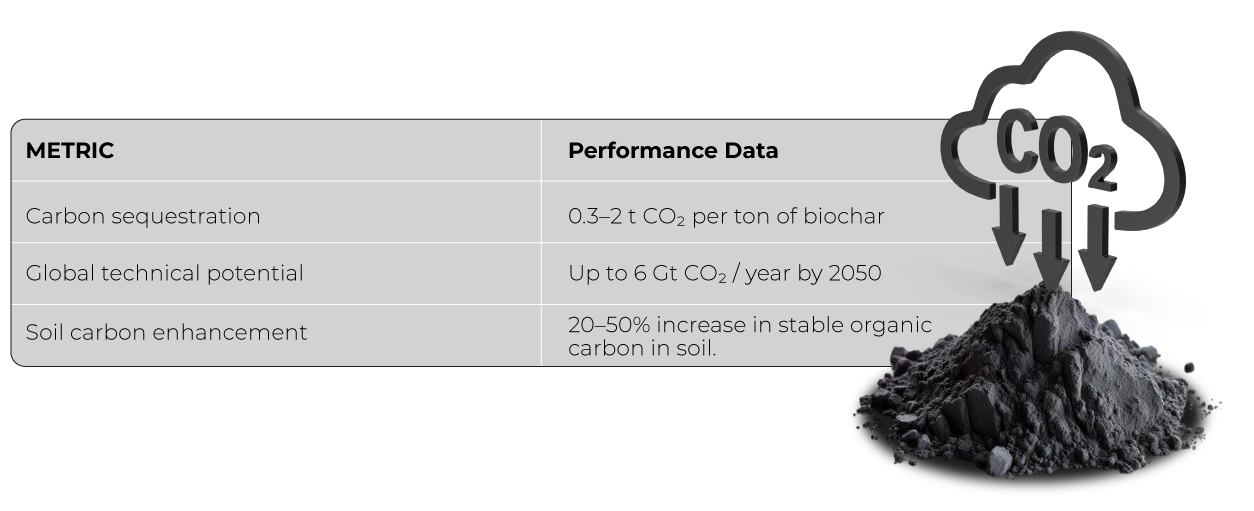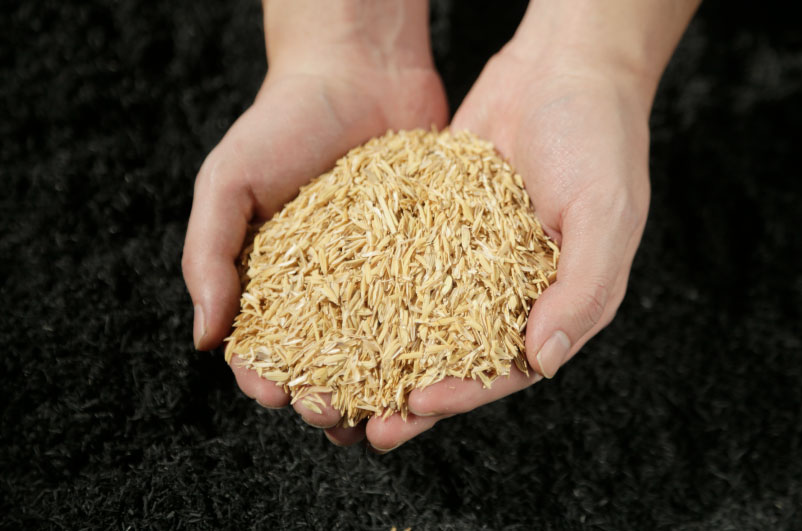





Climate change poses an existential threat, with atmospheric CO₂ levels exceeding 420 ppm as of 2023. To limit global warming to 1.5°C, the IPCC emphasizes the need for scalable carbon dioxide removal (CDR) technologies alongside emissions reductions. Biochar, a stable, carbon-rich material produced through biomass pyrolysis, offers a dual solution:
• Carbon Sequestration: Biochar locks carbon in a stable form for centuries, mitigating atmospheric CO₂.
• Co-Benefits: Enhances soil health, reduces agricultural emissions, and filters contaminants (as demonstrated in water filtration applications).
Peer-reviewed studies and field trials validate biochar’s carbon removal potential:

We support biochar CDR projects through:
